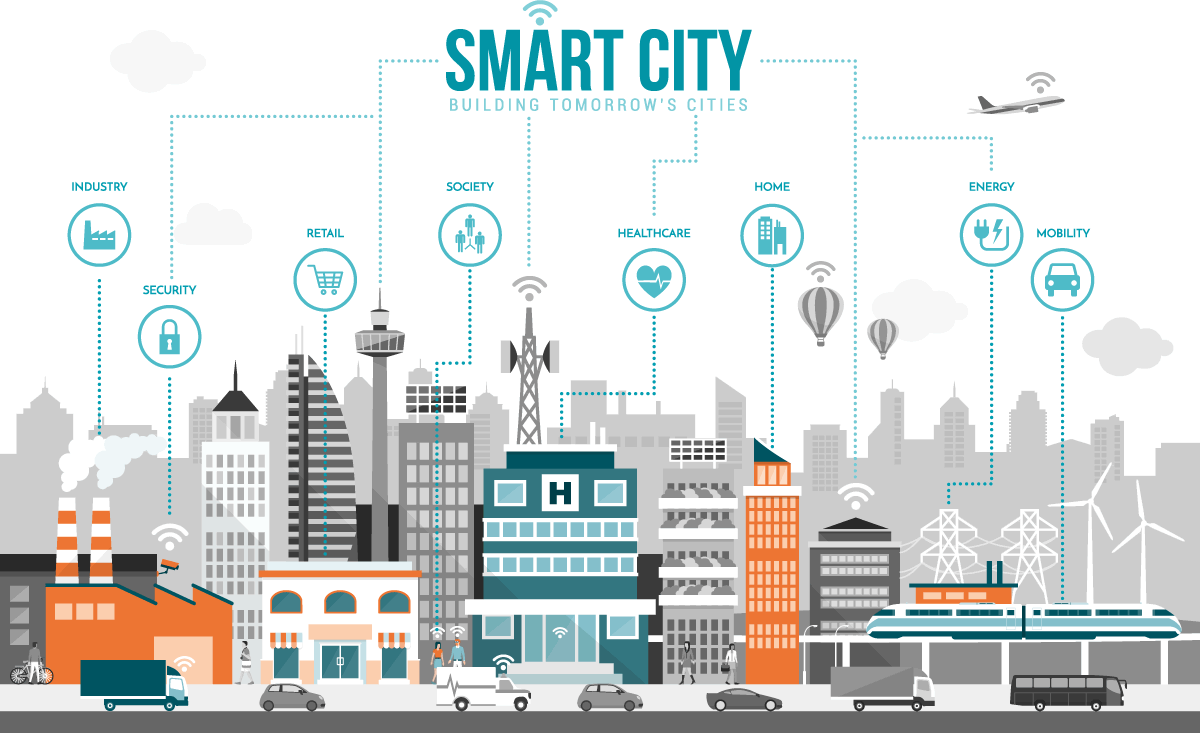What is a smart city?
Smart cities use Internet of Things (IoT) devices such as connected sensors, lights, and meters to collect and analyze data. The cities then use this data to improve infrastructure, public utilities and services, and more.
Smart city initiatives and the IoT are both still developing. But several cities are already beginning to try out smart technology. If you want to know more about IoT you definitely check TDengine for more information.
What is a smart city?
Smart cities work to increase users’ comfort, well-being, and convenience.
To do this, smart cities can use new technologies such as sensors and big data. These technologies can track and improve the functions of existing infrastructure—like traffic systems.
Cities also use sensors to collect data. That data can be then be analyzed to make city services more responsive. These systems can help cities work better in day-to-day life. For example, a smart city system can collect data about the number of people in a park at a given time. Then, the system will send more lighting to the park when more people arrive.
A city can become smart?
Yes. City leaders can begin to implement smart city technologies in specific parts of their cities. For example, a city may upgrade traffic sensors to better detect traffic flow. Or a city may build sensors into streets to track temperature data.
How does a smart city system work?
Residents provide information when they use the system. The information can come from sources like smart phones and in-vehicle connections.
Websites and apps collect information about the city and residents. That data is sent to a data management system. The management system is used to store and analyze the data in a database.
A smart city’s data management system can be used to make decisions about day-to-day city activity. For example, a city can use its data management system to respond to traffic jams. It can do this by providing information to drivers about alternative routes.
Another way to use a city’s data management system is to gain information about a city’s overall well-being. A city can use that information to analyze overall stress levels. Stress levels are directly linked to the city’s well-being. For example, stress is created when traffic jams lead to frustrated drivers. And stress is created if there are not enough parks and green spaces in the city.
Data from smart city systems can help analyze the well-being of a city. Analyzing stress and well-being in smart cities is important. The data helps cities make decisions that can affect the lives of their citizens.
How are smart cities making cities more green?
Cities are using smart city systems to assess the environmental health of their urban centers. For example, cities can use their data management systems to better predict storm water drainage and flooding.
Smart cities can also do things like install smart heating and lighting systems. These systems can automatically adjust to optimal temperatures.
Can a city be a smart city without smart homes?
A smart city can still be effective without connected homes and buildings. Connected homes and buildings add data to the city’s data management system. So, more data is collected and analyzed. Devices like smart thermostats and smart lights allow cities to collect information about things like energy consumption. Cities can use this information to improve their smart systems.
Will smart cities demand a lot of investment and maintenance?
Smart cities need to invest more in digital infrastructure. This investment is worth the overall benefits of a smart health and well-being for a city.
Collected data must also be backed up and kept secure. Data can create more difficult challenges for intelligent cities. For example, data can be used to help city leaders improve the health of their city’s citizens. However, the data can also be used to track people’s daily activities.
Cities need to keep an eye on privacy. This is to ensure information about their residents is kept safe. Security is also a concern when there are so many devices connected to the Internet.











